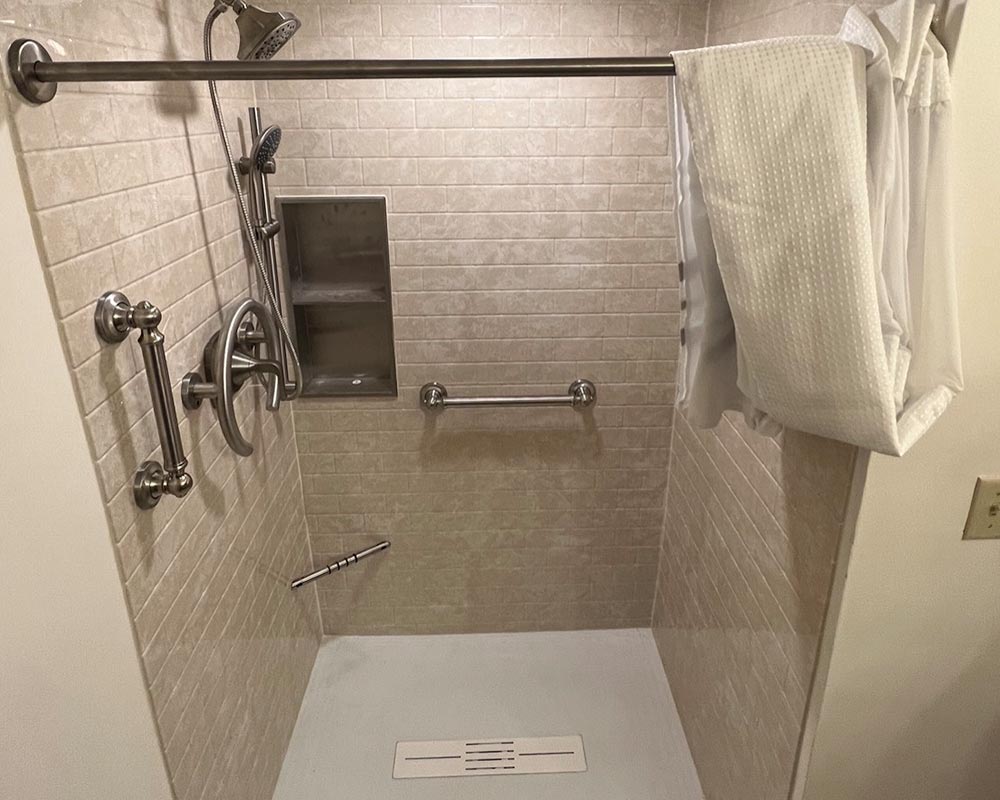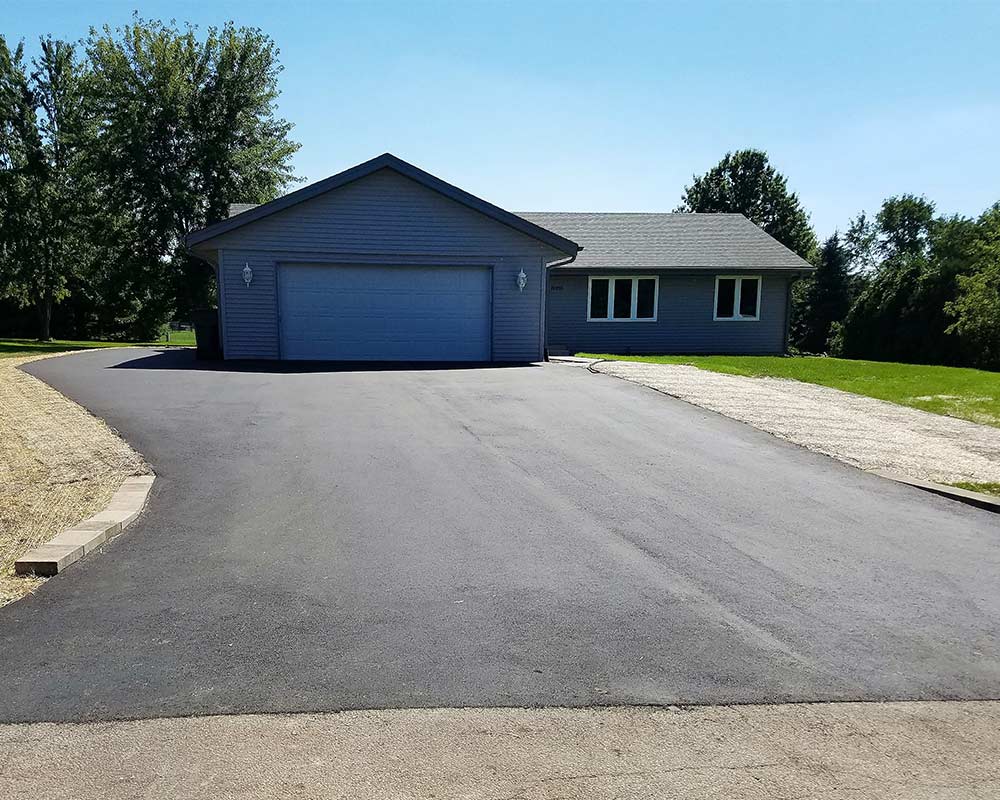Early season lawn maintenance can include two rejuvenating processes: dethatching and aerating.
Thatch is that layer of dead grass, leaves and roots atop the soil. A little is OK, but spring is a great time to remove most of it and start over.
“That just kind of brings the yard back to life,” says Tim Kinney, general managaer at Lincoln Rent-All & Lawn Equipment Sales, Inc., 3110 Auburn St., Rockford. “It gets all the wet, heavy stuff off of it and lets it breathe a little better.”
Dethatching can be accomplished either with a thatch rake or a power rake. If you don’t enjoy hacking at your lawn for hours on end with something akin to a long-handled hairbrush, rent a power rake. It looks like a lawnmower but has a series of spinning, vertical blades. (Before you start, be sure to mark any sprinkler heads in your lawn.)
Once you’ve removed the thatch, hand-rake it away with a leaf rake. Now light, water and nutrients can easily reach the soil. This also is a good time to check for bare spots and plant grass seed.
Kinney says some thatch in a lawn is healthy, acting like mulch in the warmer, drier months.
“Basically, you know you have too much if you walk on your lawn and it feels like a sponge,” he says.
Aerating is especially useful for harder, clay soils, or where the soil is compacted by foot or vehicle traffic. An aerator looks something like a rototiller, either as a self-contained machine or as an implement that pulls behind a lawn tractor.
It pokes holes in the soil and extracts “plugs.” The small holes then allow water and nutrients to reach deep into the soil.
There’s no need to rake up the dirt plugs, Kinney adds. After a rain or two, they break down and are reabsorbed into the lawn. ❚
















